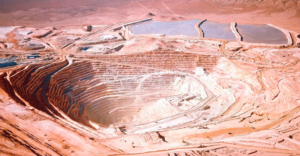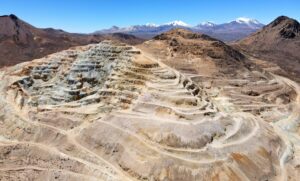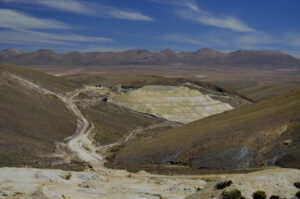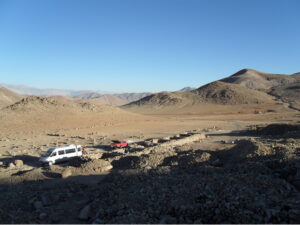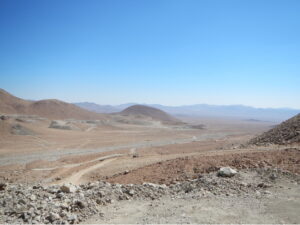
- Poland | 28 May 2021

Over your twelve years with Zeus, how have you witnessed the local market evolve, and what is your vision for the company’s future?
Zeus’ growth across CEE, SEE, and New York has been a rewarding journey amidst challenging macroeconomic environments. Our managed real estate assets soared from EUR10 million to around 800 million. Witnessing the industry shift from a dry market to a thriving one before the pandemic has fueled our ambitions: elevating our asset portfolio, delivering value to investors, and yielding exceptional returns.
Floreasca Park was a significant transaction in Romania. What criteria guide your investments in selecting assets?
Location is paramount. Assets like Floreasca Park and HQ Victoriei, positioned in central Bucharest, excelled even during the pandemic due to their strategic locations. Focusing on superior property quality, cost-efficient designs, energy efficiency, and eco-friendly concepts enhances project success.
Romania offers higher yields compared to markets like Poland. Do you foresee this trend continuing?
As more major investors turn to Romania, yield compression will likely follow. Pre-pandemic, Romania boasted rapid GDP growth, low unemployment, and attracted blue-chip tenants. The recent surge in residential property demand and price rises in Bucharest indicate continued opportunities, especially in logistics and office sectors.
Does Romania’s higher returns come with heightened risks or instability?
Romania’s returns stem from its developing business environment. While challenges like legal complexities and credit availability exist, thorough due diligence and flexibility in timing exits mitigate risks. The legislative environment gradually improves, attracting more foreign banks, reducing challenges over time.
Your reach extends beyond Romania into other CEE countries. What plans do you have for the region in the next few years?
Poland’s robust market is a focal point due to its dynamism and liquidity. While we remain selective in identifying opportunities, our immediate focus in Romania shifts to the logistics space and residential development. Additional acquisitions in the office sector are also part of our strategy in the next 2-3 years. Hungary’s office market resurgence presents opportunities we aim to leverage.
Any final thoughts on the Romanian and Polish real estate markets?
The region, once deemed “exotic,” is now viewed more transparently by global investors. CEE and SEE’s appeal lies in higher yields and potential capital appreciation, drawing increased attention from institutional investors. Amidst a globally low-yield investment landscape, the real estate markets in Romania and CEE are set to gain prominence.








